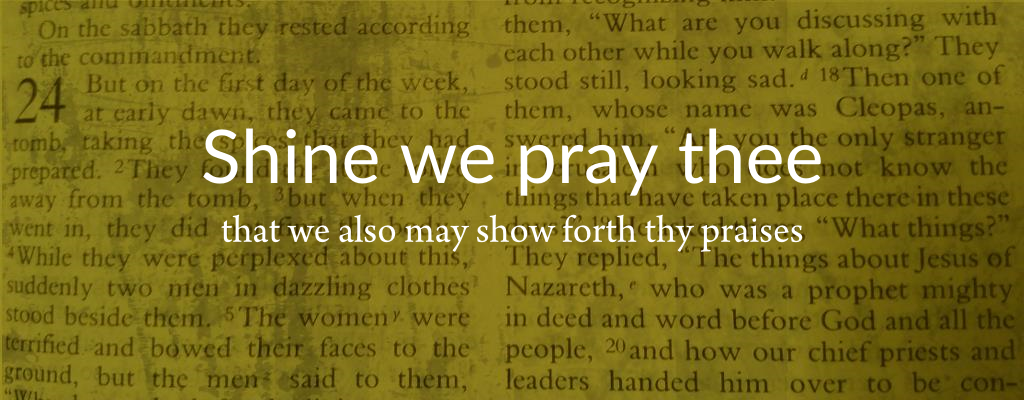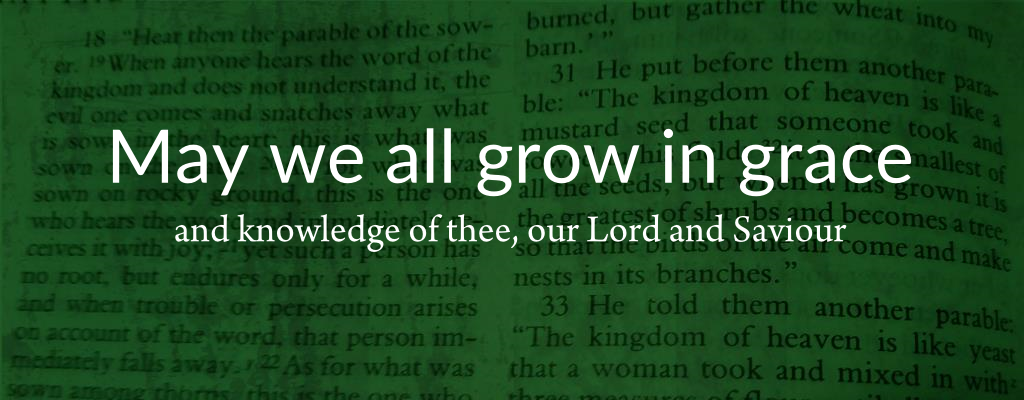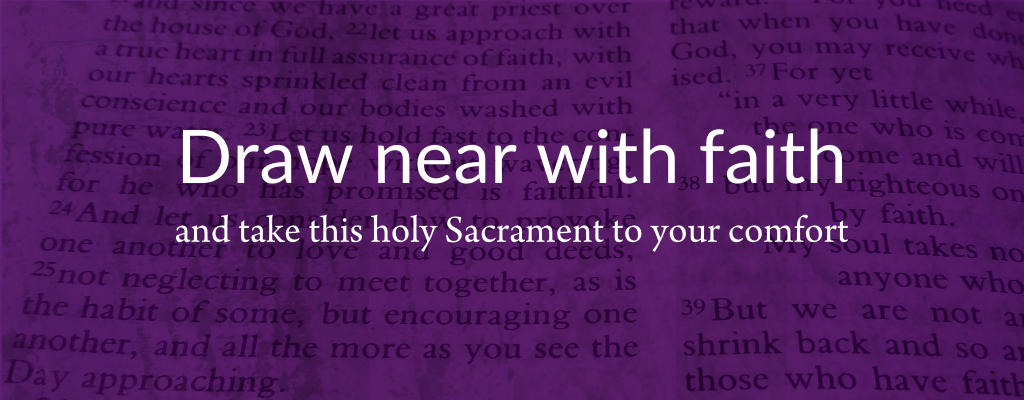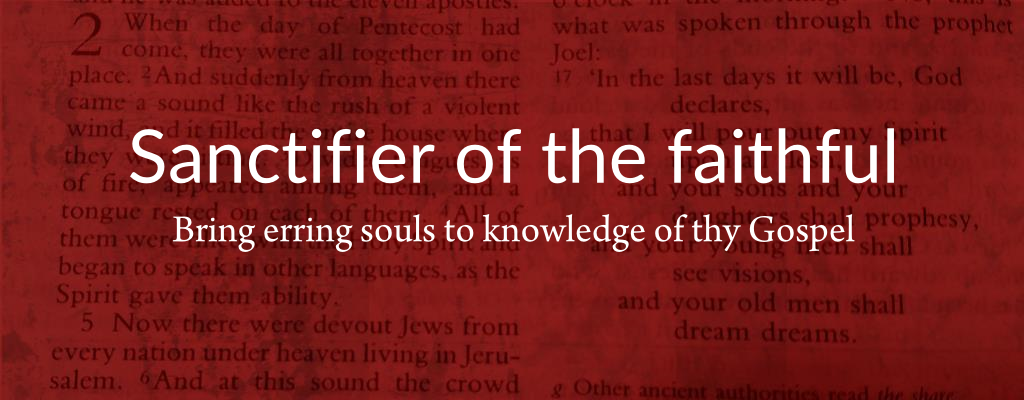News and Articles from the Prayer Book Society
-
The Creed of St. Athanasius lies mostly forgotten on page 695 of the BCP 1962. Some rectors might pull it out once of twice a year, usually on Trinity Sunday, and use it in place of the Apostles’ Creed. But those occasions are few and far between. Most, I think, regard it as a vestige from some foreign era will little value or significance today. No doubt this is one of the reasons it is omitted from the BAS. But it stands as a silent testimony of Catholic faith and a time of intense doctrinal conflict in the church.
Doctrinal conflict is not something new to the church, (check out the epistles: I and II Corinthians, Galatians, Colossians, James, II Peter, and Jude for starters) its just that doctrinal conflict hasn’t existed in living memory for decades, even centuries; until today!
Maybe God in his grace, placed the Creed of St. Athanasius in the Prayer Book to remind us of a controversy that raged in the church for some 150 years. And I do mean raged. There were riots in the streets. Bishops and priests were deposed. Some had their lives threatened and their property confiscated. And it was a time of extreme conflict, personal suffering, and even violence. And did I happen to mention: it lasted 150 years. That’s means this controversy went unresolved for over 6 generations of believers. (I think that’s a record for church feuds.)
We do well to remember that life in the church, even in a time of relative peace and stability, is not without challenges to doctrine and faith. There are always times and circumstances that will challenge our catholic beliefs and the teachings of the Bible.
The problem was, back in the third century, that some people in the church could not get their minds around the apparent conflict of the indivisibility and oneness of God and the person of Jesus Christ. To their thinking, Jesus, while divine, had to be less than God and created; maybe like one of the angels but in human form. The fact that this theological position was contrary to Scripture didn’t seem to bother them. Their rational thinking superseded the Word. Its hard to imagine how they reconciled this. Maybe they would ignore those parts of the Gospels and the Bible that specifically revealed the oneness of Jesus with the Father. Some may even have thought that those parts of the Bible were just plainly wrong.
Those who thought that way were called Arians, after a third century cleric Arius who promoted this mistaken belief. The Council of Nicaea was called in 325 CE specifically to refute this heresy. But the belief persisted. At one point there were more Arian believers than Catholic. The church was deeply divided and members were, in places, openly hostile one to another. It wasn’t until the Council of Chalcedon in 451 CE that the issue was finally resolved.
The Creed of St. Athanasius (check it out, BCP, p. 695) is an invaluable statement of the indivisibility of God and the nature of the Holy Trinity as Father, Son, and Holy Spirit. It is also a reminder of the sufficiency of Scripture for salvation (Article VI of the 39 Articles of Religion, BCP p.698) and that the council of the Church has not always been “governed with the Spirit and the Word of God,” (Article XXI) and that they have erred.





Leave a Comment